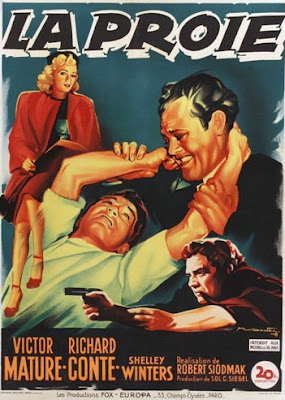Mike Leigh’s bio-pic on the great British painter is fiercely conceived, offering him up in the tradition of difficult, eccentric, curmudgeonly geniuses, a Beethoven with a brush. No fast rise to success here, just the last act of his life & career when his paintings became less heroic & representational, the famous marine scenes refined into air, light & volume. A loss of scope & detail can make these late works hard to read properly on the home screen, though the big scenic vistas from lenser Dick Pope register, but DVD viewers have the advantage of optional subtitles to help get thru mumbled dialogue, arcane references and a variety of period accents. Leigh offers more ‘show’ then ‘tell’ here, with psychoanalyzing & backstory justification kept to a minimum. Instead, lived in portraits & settings, including a wallapalooza recreation of a Royal Academy Art Show. It’s generally effective if sometimes a bit frustrating. No doubt Leigh’s intention, much helped by his superb cast and by Gary Yerson’s unusually challenging, modernist score.
DOUBLE-BILL: Leo McKern (of RUMPOLE OF THE BAILEY fame) played Turner in a 1979 docu-drama/lecture called THE SUN IS GOD. Hard to find (even on IMDb.com), but it has shown up at the British Film Institute, so it must exist.

























